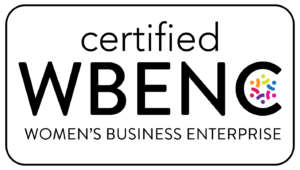The hospitality industry was devastated by the pandemic. According to usnews.com, almost 4 million hospitality jobs were lost in 2020, eliminating nearly 10 years of job growth in the sector. To adapt and operate with less staff, the industry is embracing technology more than ever. Limited staffing leaves many employees working alone in isolated areas which poses a security threat. In response, unions and some states are advocating or requiring the use of rapid response buttons in the industry. These buttons, worn by staff, provide a way to summon help in the case of an emergency. However, research by PWC highlights gaps in such technology in terms of reliability and connectivity issues.
Violence in hospitality spaces is on the rise and employers must evaluate the efficacy of whatever safety plans they’ve implemented for their staff. The “customer is always right” motto has led to more verbal abuse from guests in hospitality spaces. Verbal abuse is violence. Training staff on de-escalation techniques should be prioritized.
Hospitality industry employers have placed a great deal of focus on technical skills in their hiring practices. A higher value needs to be placed on hiring individuals with the necessary soft skills to ascertain the needs of guests, interpret body language, de-escalate volatile situations, and set boundaries. Hiring individuals with these soft skills will not only improve the overall guest experience, but will also assist in creating a safe space for staff and guests.
A few points of consideration when reviewing your safety plan and engaging staff in safety discussions:
- Does your establishment need security? How will security be trained to handle volatile situations?
- Do staff know when calling the police is necessary? What is the policy for calling the police?
- How do you notify staff of violent occurrences at your establishment?
- What safety protocols is management required to follow?
- Can staff differentiate between unsafe situations versus uncomfortable/inconvenient situations?
- Are managers focused on surveilling staff or guiding them and providing emotional support?
We hope this post encourages you to evaluate not only your safety plan, but also your establishment’s culture around safety. In the comments below, we’d like to know what safety practices you’ve implemented to shift the culture and create a safe establishment. Make a it a great day!








